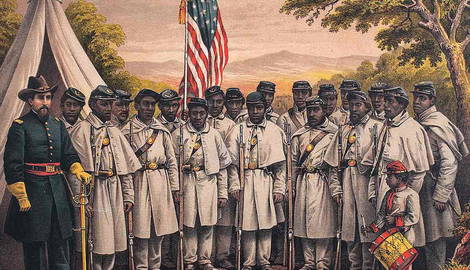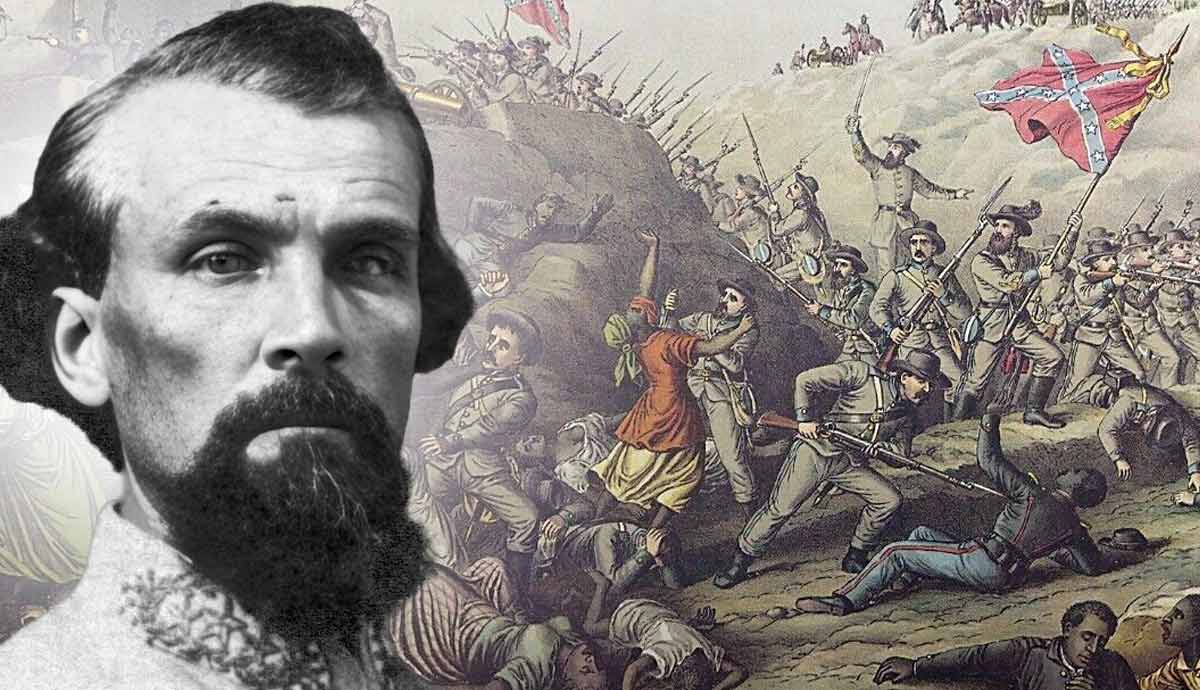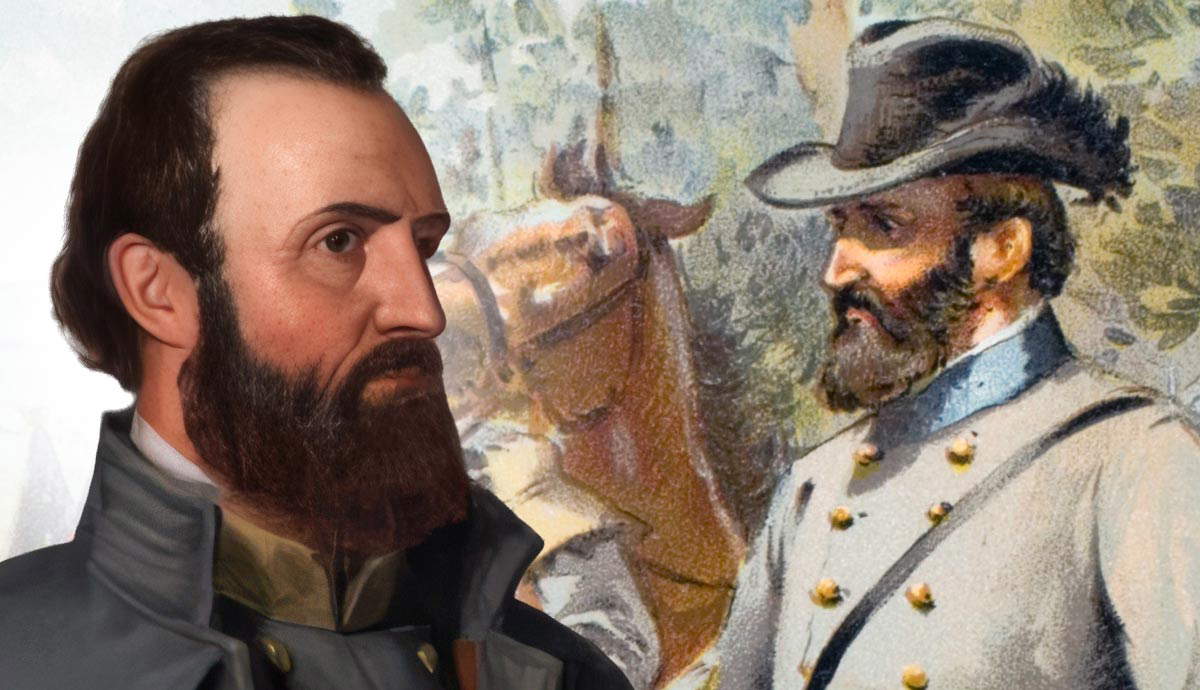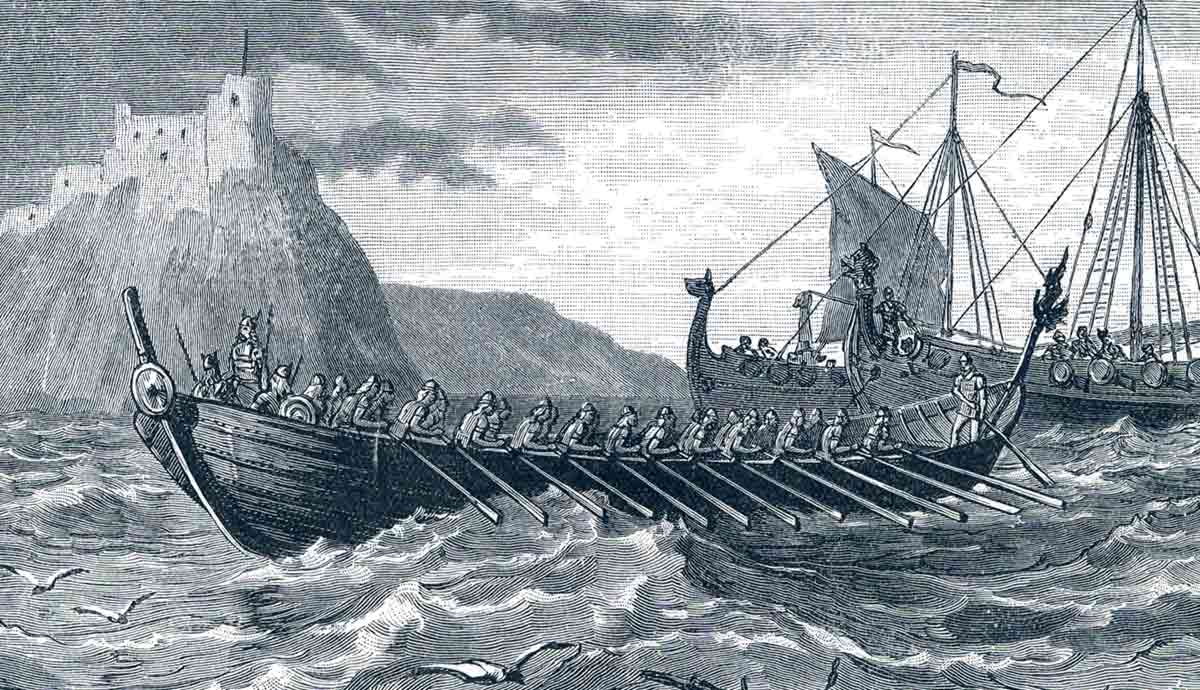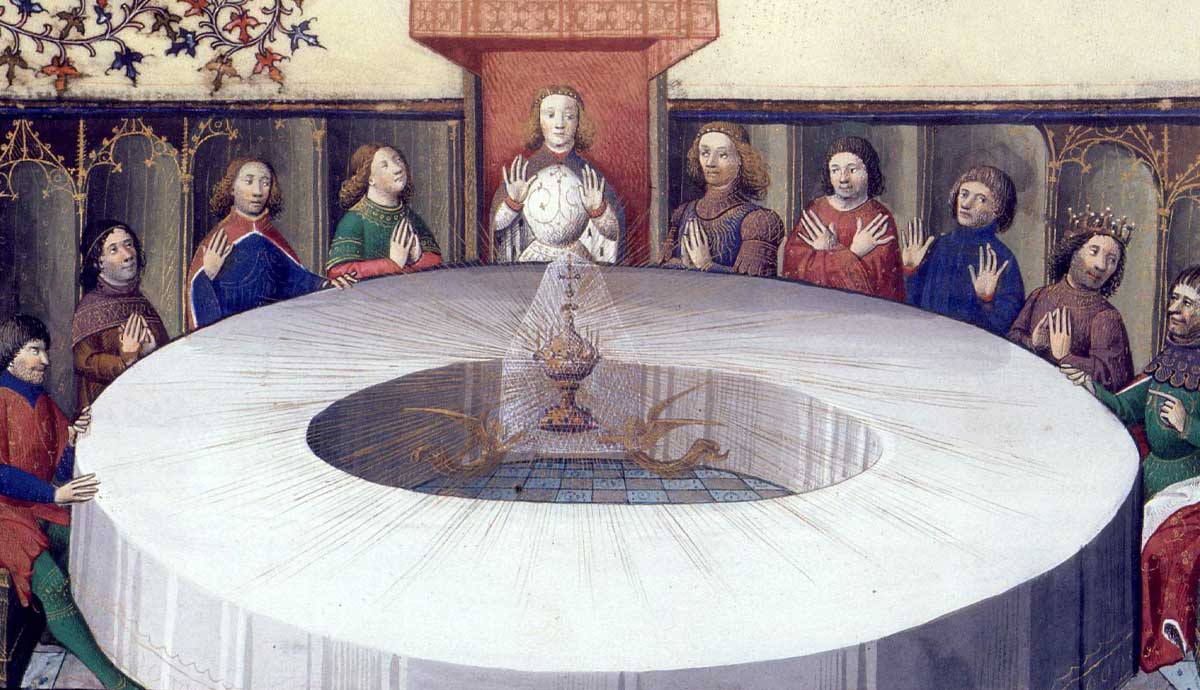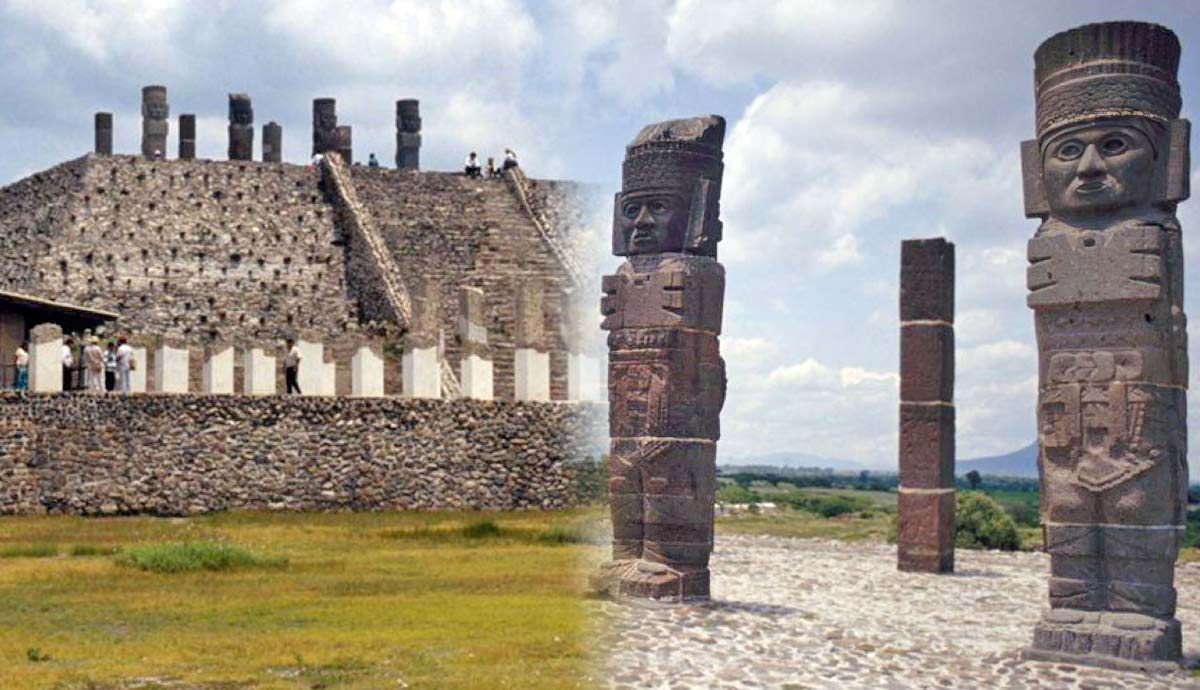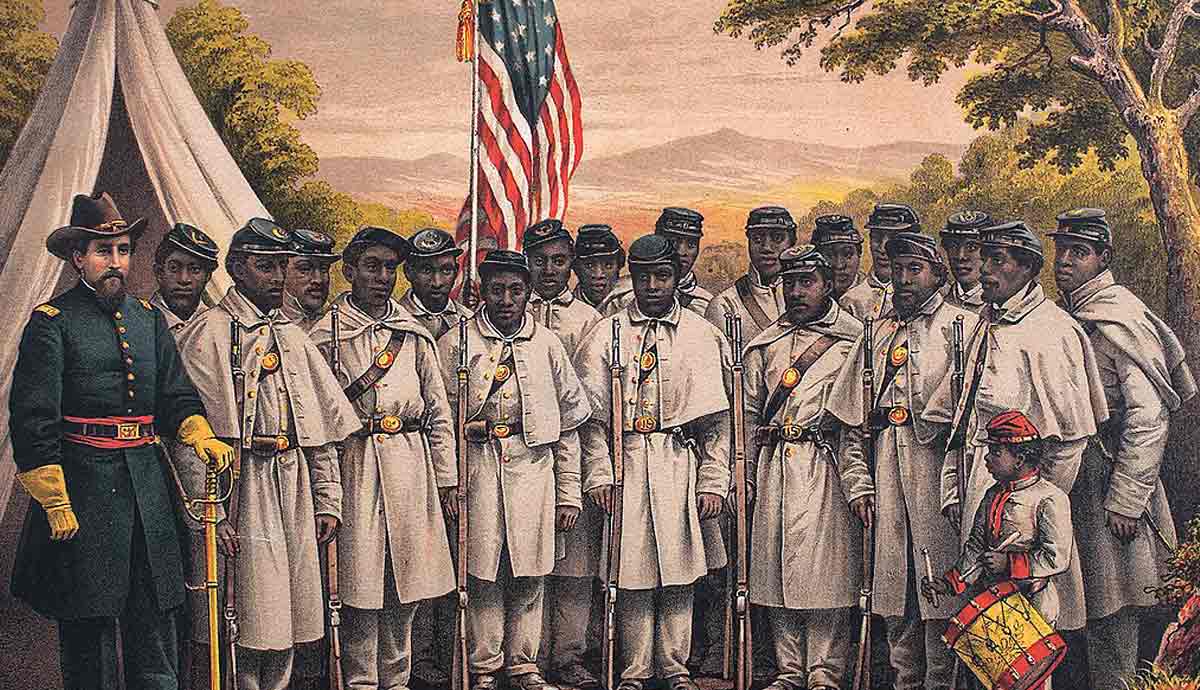
Issued by President Abraham Lincoln during the Civil War, this executive order declared freedom for enslaved people in Confederate territories. Although its immediate impact was limited by enforcement challenges, its symbolic power redefined the nation’s purpose and the very cause of the war. The Proclamation not only provided hope for millions but also set the stage for long-term changes in American society, eventually leading to the abolition of slavery. Today, it remains a powerful moment in American history.
A Need for Change

Before the Emancipation Proclamation, the United States was deeply divided over the very institution of slavery. In 1861, following the election of Abraham Lincoln months prior, seven southern states seceded from the Federal Union. Although Lincoln strongly campaigned on the promise not to end slavery in the states where it already existed, the possibility of abruptly halting slavery’s expansion into new territory was enough of a threat for these state legislatures to vote in favor of secession.
In the early years of the Civil War, President Lincoln faced a conflict that was as much about preserving the Union as it was about confronting the moral and economic contradictions of a nation that allowed human bondage. The Proclamation emerged from this crucible of tension and uncertainty.

Lincoln’s decision was shaped by a combination of military necessity and moral awakening. He recognized that undermining the Confederacy’s labor force might weaken its war effort, and he understood that offering freedom to enslaved people could galvanize a weary nation.
Lincoln’s plan was born out of an event that occurred in the eastern theater of war. In 1861, three slaves approached Fort Monroe in Virginia with the hope that the commanding officer inside would show mercy to their plight. The commanding officer inside was Benjamin F. Butler. While not an abolitionist, Butler recognized an opportunity to weaken the southern economy and morale when the slaves’ owner demanded they be returned. Butler refused, declaring they were a contraband of war and thus taken legally.
Lincoln’s move to further Butler’s contraband ruling was not made lightly; it came after much deliberation. In many ways, the Proclamation was a turning point, a signal that the war was evolving into a fight for human rights. It set in motion events that would forever alter the fabric of American society.
The War Changes

On January 1, 1863, the Emancipation Proclamation was issued, shifting the Civil War’s purpose from a fight to save the Union to one of emancipation. Lincoln’s order stated that all enslaved people in Confederate-held territory were to be set free. The impact of the Proclamation was meant to be mostly symbolic. Lincoln issuing an order impacting Confederate territory showcased that the Government of the United States did not recognize the independence of the Confederacy.
However, the Proclamation also transformed the war from a battle to preserve the Union into a fight for the emancipation of slaves from bondage. It sent a clear message that the Union would not only defeat the Confederacy but also dismantle the institution of slavery at the conclusion of the war.
While it applied only to areas in rebellion, leaving slave-holding border states to maintain slavery for the time being, the declaration provided a much-needed morale boost to both abolitionists and enslaved people. It also began the fight for emancipation, which came with the passage of the 13th Amendment, which abolished slavery in the United States with the exception of punishment for a crime.
By redefining the cause of the conflict, the Proclamation helped end Confederate support from Great Britain and France. Neither nation wished to be associated with a country fighting to continue the institution of slavery. In essence, this executive order was both a military strategy and a moral manifesto, signaling a new era in the nation’s struggle for justice.
Immediate Effects

When the Emancipation Proclamation was announced, its impact on enslaved people was not as immediate as Lincoln had intended. News of the order spread rapidly, often through secret networks such as the Underground Railroad by word of mouth. Enslaved individuals in Confederate territories slowly began to flee their plantations to Union lines, seeking to challenge the legitimacy of the executive order.
In some areas, local Union commanders even set up safe havens for those escaping bondage. Though the Proclamation did not instantly free every enslaved person, given its limited geographic jurisdiction, it served as a greater call for full emancipation. The psychological impact was enormous: for the first time in American history, thousands could envision a future away from slavery.
African Americans Enlist

The Emancipation Proclamation not only carried weight for African American morale, but also had a major impact on the Union war effort. By declaring the freedom of enslaved people in Confederate territory, Lincoln weakened their agricultural-based economy, which relied heavily on slave labor to cultivate cash crops such as cotton. The measure forced Confederate leaders to shift much-needed resources for the war effort to maintain control over their enslaved labor force, weakening their already limited military capabilities.
Moreover, the order transformed the moral landscape of the war, making it not just a struggle to preserve the nation, but a fight for human dignity and justice. This helped rally Northern public opinion, who, earlier in the war, were vastly against fighting a war for the slaves, and it increased enlistment among Black soldiers in the Union Army. Their bravery on the battlefield added a new dimension to the conflict and accelerated the drive toward ultimate victory. Although segregated, by war’s end, 175 regiments would boast nearly 180,000 African American troops, many formerly enslaved runaways. The Proclamation reshaped the very nature of the Civil War, turning it into more than just a fight for the Union.
Implementation: Challenges and Difficulties

Despite its revolutionary phrasing, the Emancipation Proclamation faced challenges and limitations in its enforcement. The order applied only to areas still in rebellion, leaving slave-holding border states unaffected and millions of enslaved individuals still in bondage. This issue caused intense debate from the more radical members of the Republican Party, such as Senator Thadeus Stevens, a staunch abolitionist who had championed freedom far before the Proclamation.
Political opposition stretched beyond the president’s party as Democratic opposition used the narrative change in the war as a strategy in the 1864 election, arguing that the war was no longer for the Union. However, this would prove to be unsuccessful as Lincoln defeated his former general, George B. McClellan, for the Presidency.
Outside of the political sphere implementation of the order presented its challenges. Enforcement was left in the hands of Union military commanders, who often did not agree with the order, or if they did, lacked the resources to house and feed the immense number of runaways fleeing to Union lines. These obstacles meant that while the Proclamation was a powerful symbol, its immediate impact on the institution of slavery was not as widespread as intended. Over time, however, as Union forces advanced further southward, the Proclamation was in full effect.
Ripple Effects

The issuance of the Emancipation Proclamation was felt far beyond the battlefields of the Civil War, influencing international diplomacy. At home, it redefined the Union cause, shifting public support from a fight merely to preserve the nation to one that championed the ideals of freedom and human rights. Abolitionists found renewed vigor in its promise, while many enslaved people saw it as a lifeline.
Internationally, the Proclamation altered the dynamics of foreign diplomacy. European powers, particularly Britain and France, who had long debated whether to support the Confederacy, as they relied heavily on southern cotton for their textile factories, found it increasingly difficult to justify intervention in a war framed as a fight against slavery. This drastic shift in perception of the war’s objective left the Confederacy isolated without any hope of European intervention.
The Legacy of the Emancipation Proclamation

More than a century later, the Emancipation Proclamation continues to resonate as a watershed moment in the fight for freedom and justice in America. The Proclamation laid the groundwork for the eventual abolition of slavery through the 13th Amendment, and its principles have since inspired numerous social movements. Today, it serves as a powerful reminder that sometimes bold leadership is needed when faced with overwhelming challenges. The Emancipation Proclamation remains a key piece of legislation in American history and the struggle for equality.
